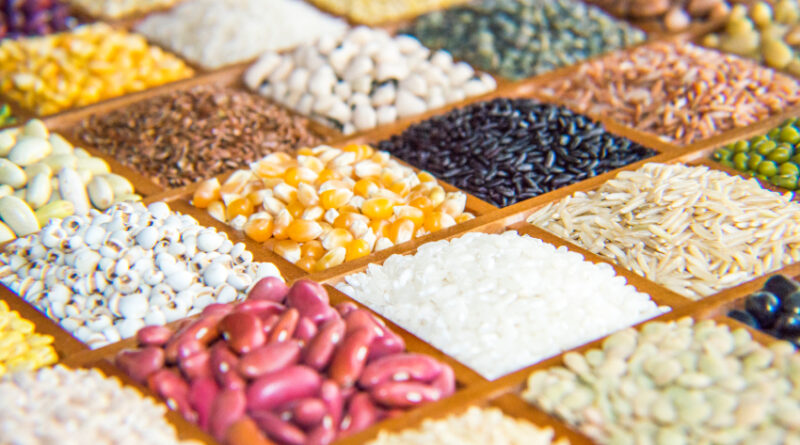Rice area highest in 5 years, record output seen; pulses production likely to fall amid sharp drop in area
By Sandip Das
Rice production is likely to surpass last year’s record level because of the highest ever acreage in the last five years and recent revival of monsoon in key growing regions, a senior agriculture ministry on Monday said.
However, pulses output is likely to fall because of a significant drop in area, the official said.
“The transplanting of paddy so far has been more than last year five years average and rice production is likely to exceed last year’s record of 135.5 million tonne (MT) in the 2023-24 crop year (July-June),” P K Singh, agriculture commissioner, department of agriculture and farmers welfare, told FE.
So far, rice has been transplanted in 40.3 million hectare (MH), more than last five year average of 39.9 MH and up 2.9% more on year. Singh said sowing of kharif paddy would continue until September 30 while transplanting of the other kharif corps have been completed.
Rice production in the kharif season contributes more than 85% of the total output of grain during the year.
In anticipation of a decline in output because of the delayed onset of monsoon and to curb rice prices, the government has initiated several measures including imposing 20% export duty on par-boiled rice and banning white rice exports. A minimum export price of $1200/tonne for Basmati rice shipment has been imposed till October 15.
Sowing of kharif crops was delayed to some extent because of late arrival of monsoon rains this year. The harvesting of crops will commence from October 1.
While pulses including arhar, urad and moong sowing has been completed and area sown lower by 8.58% at 11.9 MH mainly because of sharp fall in acreage in Madhya Pradesh, Karnataka, and Maharashtra.
“The pulses production is definitely going to decline and we will be carrying out the assessment,” Singh said. The pulses production rose to a record 27.5 MT in 2022-23 crop year, marginally up from 27.3 MT in the previou crop year.
India imports about 15% of its pulses consumption.
According to the agriculture ministry, area under oilseeds, including groundnut, soybean and sunflower is marginally lower on year at 19.1 MH. Sugarcane planting has risen 7.6% on year and the area under coarse cereals such as maize, bajra and ragi is up marginally.
Cotton sowing is marginally below last year’s level. Overall sowing of kharif crops have been marginally up on year at 108.8 MH so far.
In June, the government had hiked the minimum support prices (MSP) of key kharif crops for 2023-24 season (July-June) by 6-10.4%, the highest increase since 2018-19. The MSP for paddy has been fixed at `2,183/quintal, up 7% on year.
Meanwhile, according to India Meteorological Department (IMD), overall monsoon rains have been at “below normal” level, falling short of the benchmark – long period average (LPA) – by 10% on Monday. The met department has said 63% of the 717 districts in the country have so far received normal or excess rainfall. The remaining 264 districts have received deficient and scanty rainfall.
India’s foodgrain production rose by 5% on year to a new record of 330.5 MT in the 2022-23 crop year. The target for 2023-24 is marginally higher at 332 MT.
While rainfall has been uneven in some years, the impact on foodgrains production has been seen to be marginal. For instance, in 2014, monsoon rains were 12% below normal but food grain output declined by just 5% to 252 MT. In 2018, monsoon rains were 9% below normal but the production of rice, wheat and pulses did not fall in the 2018-19 crop year.
This article has been republished from The Financial Express.

